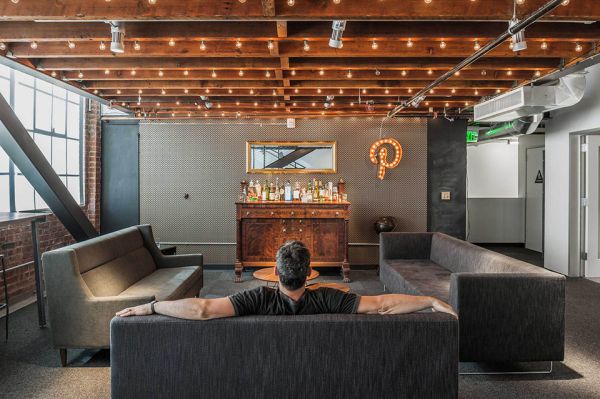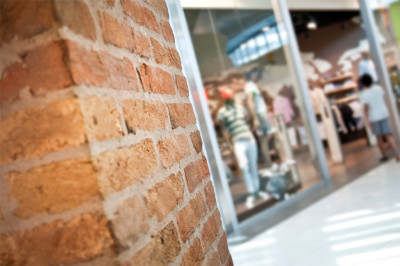Have you noticed that more consumers are now looking for authenticity in their products?
In simple terms, consumers want to know the story behind the product as much as the product. It’s no longer just salt; it’s Murray River salt.
Plus: How your workplace can improve your productivity | How education is subverting the workplace
And hotel chains are now looking to demonstrate their authenticity. The experience within some name brand hotels can be homogenous; you could easily be in Milan or Manhattan. To overcome this, companies are now introducing experiences and designs that give a sense of place or some sense of distinction.
So, authenticity is also now the latest buzz word in workplace design. But what does it mean and how is it applicable to the workplace?
More: Reimagining the traditional office | Narrative competence is a must-have skill
To attract the best and brightest, the same people who are looking for authenticity in their food, hotels and everything else in their life believe that a workplace should have a sense of realism and substance.
It’s surprising how many clients are looking for “non-corporate space.” Recently, we had a blue chip management consultant looking for a New York-style loft/warehouse space for a new workplace. The company felt that this space was a truer reflection of its brand values and would give clients a sense of who the company was and the individuals who make their business. It’s part of this yearning for authenticity.
Dropbox’s new San Francisco headquarters (2014interiordesignarticle.com)
So, how can you make your work space an authentic one?
Alignment of workplace design and organizational culture
Workplace design should be the culmination of a detailed research-based strategy that deeply understands the business processes, demographics and business goals, and is an expression of the culture of an organization.
Supply chain authentication
There should be a supply chain authentication of the materials and components that are used to fit out the space. That means that furniture and finishes are GECA rated and environmentally responsible.
Recycling is good
Recycled materials and reused materials or components from the old office will resonate and provide a link to the organization’s history. For example: “The board room table is made from recycling the timber floor from our old office. We had our first company meeting around this table.”
Creating a story
Communicate with the team through the entire process. If you know what people love and hate about their existing workplace, communication about the progress of the new office design should relate back to these likes and dislikes and how the new office will address them. This creates buy-in from your employees and gives them a space they can be proud of.
Quirkiness
Slavishly following the corporate accommodation standards will give you a homogenous and bland workplace. Using the character of the building to inform the design of your workplace grounds it with the location.
Find out more about how workplace strategy can help create an authentic work place. For more insights and discussion, follow our Colliers Collaboration page on LinkedIn.
As National Director of Workplace Strategy and Design for Colliers International in Australia, Peter is a workplace strategist and qualified architect with over 25 years’ experience in workplace and base building design, working with clients ranging from Bauer Media Group, AT Kearney, Ricoh, ANZ Bank and Citrix.

 Colliers Insights Team
Colliers Insights Team


 Ron Zappile
Ron Zappile

 Anjee Solanki
Anjee Solanki